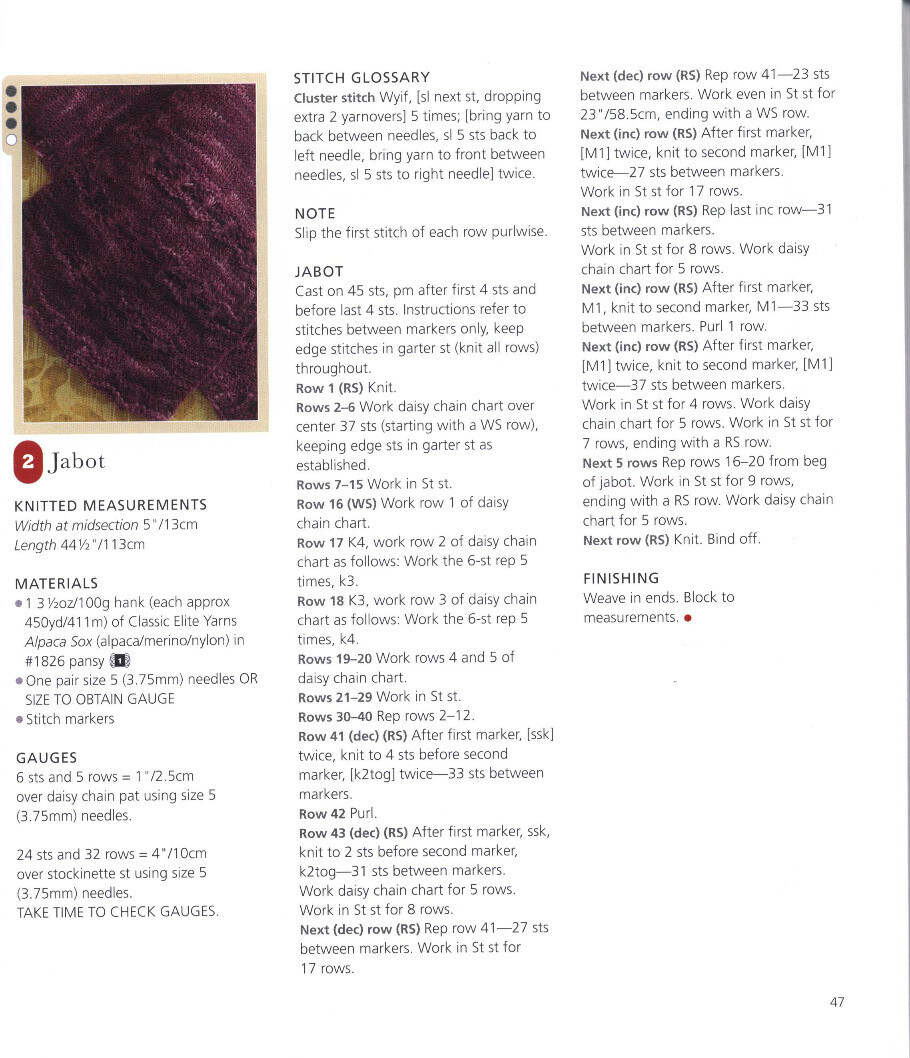The Materials of scarves
Scarves are usually made of soft, lightweight materials such as silk, cotton, or synthetic fibers. They come in a variety of colors, patterns, and sizes, making them a highly versatile and fashionable accessory. Scarves can be worn around the neck, on the head, or even as a belt, adding a touch of elegance and personality to any outfit. They are often used to complement an outfit and can transform a plain outfit into something more stylish and memorable. Whether you're looking for a simple, elegant, or fun scarf, there is a wide range of materials available to suit every taste and need.
Scarves are pieces of clothing that can be used to keep warm, add a pop of color to an outfit, or simply as a fashion accessory. They come in a variety of materials, each with its own unique set of characteristics and benefits. In this article, we will explore the different types of scarf materials and discuss their respective advantages and disadvantages.

1、Silk scarves
Silk is a natural protein fiber that is lightweight, soft to the touch, and highly durable. Silk scarves are often seen as a luxury item, offering a sleek and elegant look that can dress up any outfit. They are also highly breathable, keeping you comfortable even in warm weather. However, silk scarves can be prone to creasing and may require regular dry cleaning to maintain their appearance.
2、Cashmere scarves
Cashmere is a type of wool fiber that comes from cashmere goats. It is highly prized for its softness, warmth, and durability. Cashmere scarves offer a luxurious feel that is perfect for cold weather. However, cashmere can be a bit itchy for some people, and it may not be suitable for those with wool allergies.
3、Acrylic scarves
Acrylic is a synthetic fiber that is often used to imitate the look and feel of wool. Acrylic scarves are often less expensive than their wool counterparts and are more widely available. They are also easier to care for and less prone to creasing. However, acrylic fiber can be less breathable than natural fibers, which may make it less comfortable to wear in warm weather.
4、Cotton scarves

Cotton is a natural fiber that is both breathable and durable. Cotton scarves are perfect for warm weather as they help to keep you cool and comfortable. They are also easy to care for and can be machine-washed and dried. However, cotton scarves may not offer the same level of warmth as other materials, making them better suited for spring and summer wear.
5、Linen scarves
Linen is another natural fiber that is known for its breathability and durability. Linen scarves offer a more casual and bohemian look that is perfect for summer wear. They are also easy to care for and can be machine-washed and dried. However, linen can be prone to wrinkles and may not offer the same level of warmth as other materials.
6、Polyester scarves
Polyester is a synthetic fiber that is known for its durability and resistance to wrinkles. Polyester scarves are often used as sportswear or for outdoor activities due to their moisture-wicking properties. They are also easy to care for and can be machine-washed and dried. However, polyester fiber can be less breathable than natural fibers, which may make it less comfortable to wear in warm weather.
In conclusion, there are a variety of scarf materials available, each with its own unique set of characteristics and benefits. When choosing a scarf material, consider the intended use, climate conditions, and personal preferences to find the perfect option for you.
Articles related to the knowledge points of this article:
The Down Jacket: A Winters Best Friend
Title: Mastering the Art of Tie Knotting: A Comprehensive Guide to Tying a Perfect Bow
Title: Unlocking the Perfect Tie Length: A Guide to Sizing Up Your Style
Title: The Art of Wearing a Tie: A Comprehensive Guide to Tie Knots and Etiquette
Beijing Down Jacket: Fashion and Functionality in Winter Apparel



